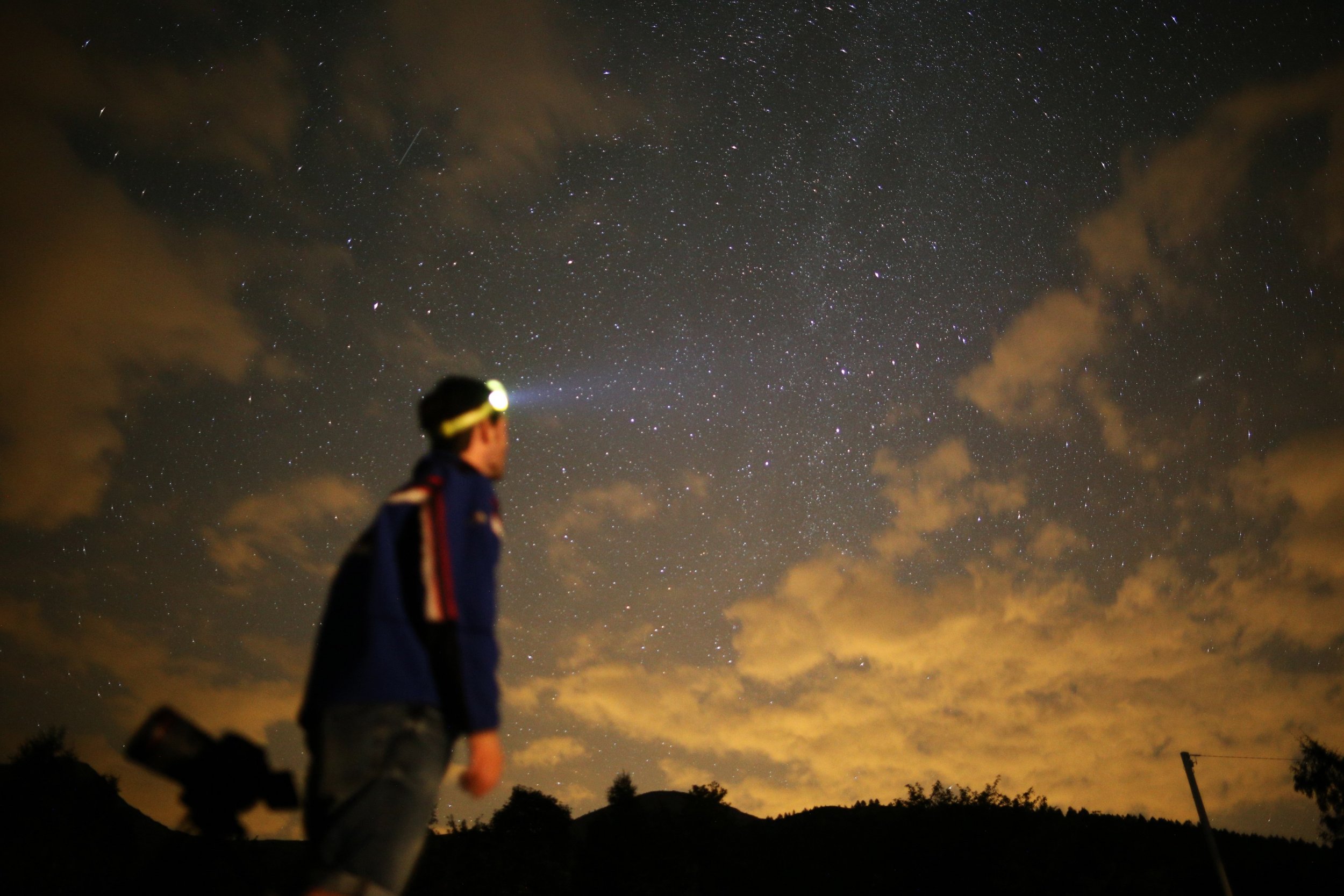
Updated | Several times a year, meteor showers create spectacular displays as hundreds of celestial fireballs light up the night skies.
One of the most well-known—the Perseids—is currently on show around the northern half of the globe.
Some Catholics refer to the Perseids as the "tears of Saint Lawrence," on account of them returning to earth once a year on August 10, the canonical date of that saint's martyrdom in 258 AD.
When can I see the Perseids?
The Perseids meteor shower, one of the brighter meteor showers of the year, occurs every year between July 17 and August 24. The shower tends to peak around the middle of August, between August 9 and 13.
The best time to view the Perseids, or most other meteor showers, is when the sky is the darkest. Most astronomers suggest that depending on the moon's phase, the best time to view meteor showers is right before dawn, or between between 1 a.m. and 5 a.m.
What is a meteor shower?
A meteor shower occurs when Earth passes through the debris stream occupying the orbit of a comet, in this case comet Swift-Tuttle.
Perspective makes shower meteors appear to emanate from a single point in the sky known as the shower radiant. A typical meteor results from a particle the size of a grain of sand vaporising in Earth's atmosphere. Something larger than a grape will produce a fireball and this is often accompanied by a persistent afterglow known as a meteor train. This is a column of ionized gas slowly fading from view as it loses energy.
Why is this particular shower happening?
The Perseids are made of tiny space debris from the comet Swift-Tuttle and are named after the constellation Perseus. This is because the direction, or radiant, from which the shower seems to come in the sky lies in the same direction as the constellation Perseus, which can be found in the north-eastern part of the sky.
While the skies are lit up several time a year by other meteor showers, the Perseids are widely sought after by astronomers and stargazers. This is because at its peak, one can see 60 to 100 meteors in an hour from a dark place. According to NASA, the rate may even double this year to about 150 to 200 meteors per hour.
Where can I see the Perseids?
The Perseids can be seen across the Northern Hemisphere. Look between the radiant, which will be in the north-east part of the sky and the zenith (the point in sky directly above you).
Choose a dark location away from stray lights and give yourself at least 20 minutes in total darkness to properly adapt. Look at a height approximately two-thirds up the sky in any direction.
In the U.K., some of the top spots to view the meteor shower include Galloway Forest Park in Galloway, southwest Scotland, and Sherwood Forest, in Nottinghamshire, England.
Uncommon Knowledge
Newsweek is committed to challenging conventional wisdom and finding connections in the search for common ground.
Newsweek is committed to challenging conventional wisdom and finding connections in the search for common ground.
About the writer
To read how Newsweek uses AI as a newsroom tool, Click here.








